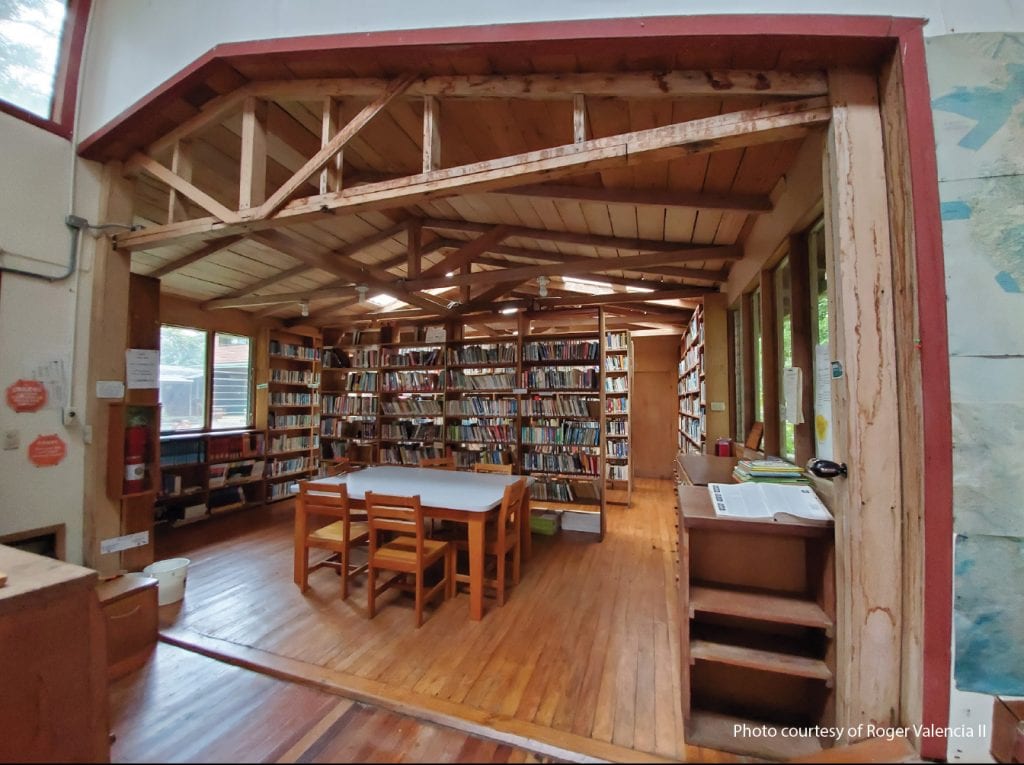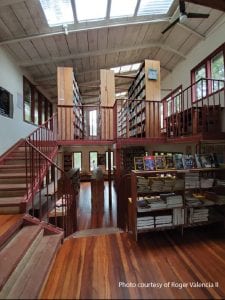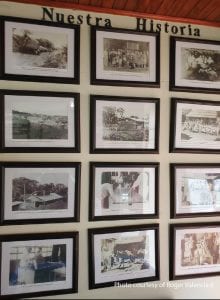Peace in the Valley: The Monteverde Quakers of Costa Rica. Costa Rica has been proclaimed the jewel of Central America for some time, with many good reasons. Biodiversity and eco-consciousness are rightfully among the familiar claims to fame, as well as the country’s modern reputation for neutrality and abolishing its army in 1949. What may be less well known is a related chapter of Costa Rica’s pacifist history.
Peace and the freedom to embrace it were exactly what Hubert Mendenhall was looking for in 1951, after four members of his Quaker community in Alabama had been jailed for refusing military service. Hubert brought 11 Quaker families with him to Costa Rica, traveling in trucks, in search of a new place to call home. They found Monteverde, at the time accessible only by oxcart. The families purchased 1,500 hectares (roughly 3,700 acres), dividing the property between the families but keeping a large, separate communal parcel. They set up a community building, established the Monteverde Friends School and started a dairy farm, learning carpentry and animal husbandry as they went along.

Main reception area at Monteverde community center
Global model of conservation

Co-author Wilford “Wolf” Guindon was one of the original Quaker settlers at Monteverde.
The community also had the far-sighted vision to set aside a vast portion of mountainous virgin cloud forest, about one-third of their original purchase (1,300 acres), calling it “The Watershed Project”. In the early 1970s, this land would become the nucleus of the Monteverde Cloud Forest Preserve, home of the endangered golden toad, and today an international model of conservation. Wolf Guindon, one of the original Quaker settlers, was among the leaders of these pioneering conservation efforts. Many of his stories have been published in his book “Walking With Wolf,” an informative and at times amusing collection of anecdotes.
When the Monteverde school opened, it was attended only by the Quaker children in the immediate area. Evolving over the course of six decades, it has become a fully integrated bilingual institution, offering kindergarten through high school-level classes and hosting several foreign exchange students each year. Next to the school building is the Monteverde Library, which is open to the public.
Likewise, Monteverde’s dairy farm was initially run solely by the founding community members, who had to meticulously learn the nuances of safe milk storage and processing, and the art of cheesemaking. Today, some 60 years later, the Monteverde Cheese Factory employs more Costa Ricans than offspring of the original settlers, having been sold to an outside investor in 2013. It still produces fresh milk daily, along with more than one ton of cheese, and has expanded to include yogurt and ice cream to its inventory.

Information center and historic photos at community center
 Human rights activism
Human rights activism
In 1983, the Quaker community established a peace center in San José, Centro de Amigos para la Paz (CAP) to protest human rights violations in neighboring countries. In the 1990s, members worked in conjunction with Alternatives to Violence to operate training programs in non-violent conflict resolution. The group also helped oversee the Honduran election in 2009.
The original Quaker community lies about two kilometers up a gravel road, north of the town of Santa Elena. Many of the original structures have been replaced but the community still thrives. The longstanding history of this unique community serves as a reminder of the success that diverse cultures have brought to Central America’s jewel country.
Rincon de la Vieja – Things to do
4×4 Lake Arenal – road to El Castillo
Lucky Lovers Leap into an adventure of a lifetime
Lake Arenal – Lost Canyon Adventure
Gone Fishing: worst day fishing beats the best day working
Seven Days in Costa Rica: Arenal, Dominical and More
Lake Arenal: Safari River Float is a slow boat to paradise
Gone Sailing in Guanacaste Costa Rica
Cocos Island, Costa Rica’s treasure
Stand Up Paddle boarding SUP
ATV Tours, Take the road not taken
Deep Sea Fishing, Fun and Flamingo Costa Rica
White water rafting in Costa Rica
Scuba Diving in Costa Rica
Costa Rica Combo Adventure Parks
Authentic Costa Rica: What to do in rural Bijagua
Blue River Resort and Hot Springs





